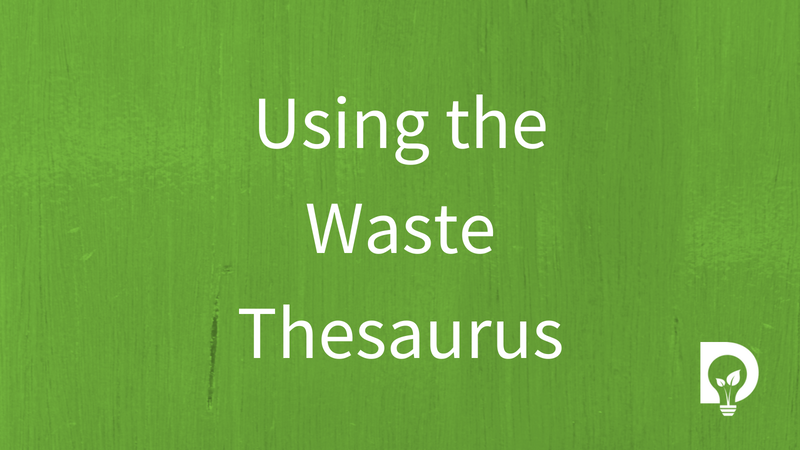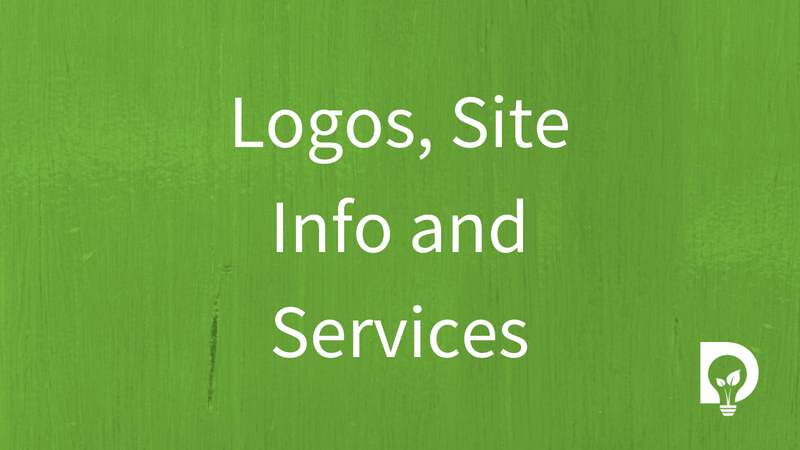
Dsposal’s Paperwork is an online total waste management platform. It allows wate management companies to track their jobs from opportunity right through to invoice, with lots of handy features built in. Ready to get started?
Before You Start
Before you jump into the tasks ahead, here are a few helpful things to know.
- Paperwork is a web-based application that works in most web browsers, which means you don't need to download or install any additional software on your computer. To be sure Paperwork works properly your web browser needs to meet our requirements.
- It's important to note that when you create a Dsposal account, you agree to comply with our Terms of Use, Terms of Service and Privacy Policy.
- We offer online resources to provide help and insights about our tools and features. Check out our searchable Articles if you want to learn how something works, or if you run into any trouble.
Introduction to Paperwork
In this article we’ll give you an overview of how Paperwork is set up and what the different modules are used for.
How is Paperwork Structured?
Paperwork is set up around four main modules:
- Information: contains overview information from within the system.
- Work: contains all the details of your sales, including legal documentation and invoices.
- Relationships: this is where the details of your customers, suppliers and other contacts are stored.
- Settings: this is where you can change your preferences and set up rules specific to your organisation.
What is the Information Module in Paperwork?
The information module is the first module in Paperwork. It is made up of the following sections:
- Dashboard: The Dashboard holds information which is pulled through from other modules, such as the number of opportunities created or jobs booked.
- Drill Down: This section allows you to view an overview of sales by customer or customer site and then follow those sales through from jobs to invoice.
- Live Jobs: Live jobs in Paperwork is the area that tracks which of your customers’ sites are active.
To learn about the Information module in more detail click here.
What is the Work Module in Paperwork?
The work module contains four or five different areas (depending on your subscription level):
- Opportunities: this is where you can quickly record potential opportunities. These may or may not get turned into Sales.
- Sales: this contains detailed information about your sales, such as costs and disposal routes, which you can send to your customers. There are three types of Sale: price lists, agreements and quotes.
- Jobs: These are Sales that have been won and converted. It contains specific information about each job, including documents such as labels, advice notes, waste transfer notes and consignment notes.
- Scheduling: Through this section you can assign jobs to your operatives.
- Finance: In the Finance section you can create and send invoices or raise purchase orders.
To learn about the work module in more detail click here.
What is the Relationships Module in Paperwork?
The relationships module contains organisation details and contact details in three sections:
- Customers: As you would expect, this contains all the details of your customers and their sites.
- Suppliers: This is where you’ll keep the details of your suppliers and their sites.
- Contacts: This contains the contact details for the people that you work with. Individuals can be Customers and/or Suppliers.
To learn about the relationships module in more detail click here.
What is the Settings Module in Paperwork?
Under Settings there are the following areas:
- User: This contains all the information about you as a user
- Users: Here you can view and edit other users inside your organisation (note: only certain user levels can edit other users)
- Customer Portal: In this section you can set who can access what through their customer portal.
- Organisation: Details of your organisation, such as address and company logo.
- System: This contains key information about the system itself and default settings.
- Finance: Here you can store your bank account details
- References: This is key information in the background that feeds through the whole system. Such as Container Types, Departments, Vehicles, Tax Rates and EWC codes.


